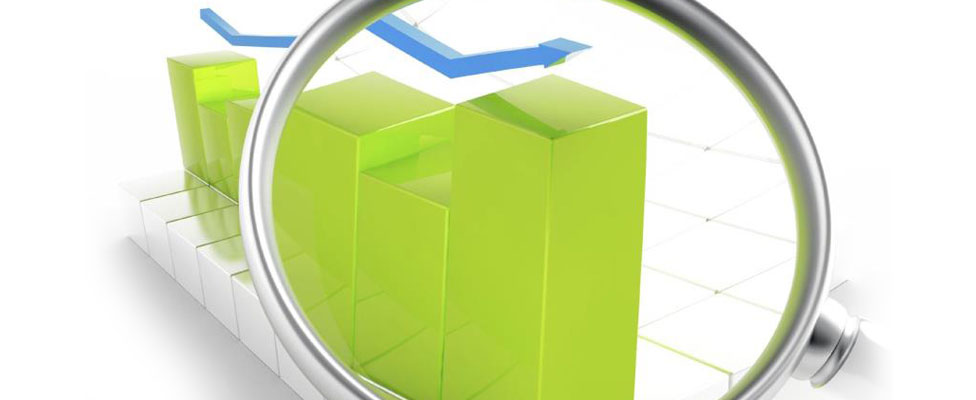
Finding Use Cases for Big Data
Collecting lots of data is inexpensive. Finding the right place to use that data is crucial for getting the greatest benefit.
By Matt Lindsay, Ph.D., President, Mather Economics
The term "use case" describes an application of data and analytics to improve business performance. The term has come to the fore recently as many companies are applying analytics to their operations and have realized that significant returns on investment in data and analytics are possible. To identify potential use cases in a business, the first step is to understand what data is available and what modeling approaches fit the business challenge to solve with the information at hand.
The art of developing models that can be applied in an operation using less-than-perfect data challenges analysts. Getting data first and then finding an application for the data will often be expensive and outcomes may disappoint. A better approach is to start with the desired outcome in mind, specifically the business application you hope to improve, along with an approach to how to apply the analytics, and work backwards to identify the data to capture.
An effective use case is one in which the application of analytics to a business challenge provides benefits sufficient to justify the investments required to acquire, prepare, analyze, and act on the data. Even as the cost of data capture and storage and analytical processing power fall, this ROI threshold is a high bar for potential use cases to exceed.
What are the characteristics of potential use cases likely to meet the required ROI threshold? They often solve problems in which even small performance improvements can yield large returns. An example of such a use case is customer price segmentation, often called yield management. Reducing the loss associated with pricing actions, even if by relatively small amounts, can yield large revenue gains.
Other use cases with high ROIs are those that avoid substantial costs, such as unexpected down time in a production operation -- for example, predicting the failure of important parts (such as specialized drill bits) where unexpected failure can cause substantial delays.
A key attribute for successful use case outcomes is that the incremental revenue or reduced cost is substantial and measurable.
An approach to operationalizing data and analytics that maximizes the potential ROI is to define the application and possible approaches before starting down the path of data capture. Most data will come from the systems in place, so finding out what data they keep and how to access the data will help frame the available modeling options.
Experienced analysts will have a toolset of modeling techniques available to them, and they can evaluate which approach best fits the problem and potential data set. An attractive modeling solution is one that is as simple as possible but still capable of producing accurate predictions. Simpler models usually require less data preparation and processing time and they tend to "feel right" to an experienced analyst.
Understanding causality is important. Many times analysts find correlation among certain variables, but these correlations may not prove helpful in improving business performance, as the relationship between the variables may be illusory or temporary.
Innovations in big data and data science are moving many companies toward investments in data lakes that capture lots of data, often in unstructured form, without predetermined applications identified. The low marginal cost of capturing data in this format and environment is compelling, and it may lower the ROI threshold for potential use cases. The key ingredient in utilizing this data will be an innovative and entrepreneurial analyst that can spot opportunities for improving business performance using the available information. The business case, with potential improvements in operating margins, is still the primary driver of successful use cases.
Matt Lindsay, president of Mather Economics, has more than 20 years of experience developing pricing strategies and predictive models that enable clients to improve performance and drive revenue. In consulting roles over the past 15 years, he has shared this expertise and developed pricing strategies and predictive models for such clients as the Intercontinental Exchange, Gannett, The Home Depot, Dow Jones, and The New York Times. Prior to joining Mather Economics, Mather worked with the Corporate Economics Group to leverage information on price elasticity and marginal network costs to improve profitability by customer for United Parcel Service. You may reach him at [email protected].